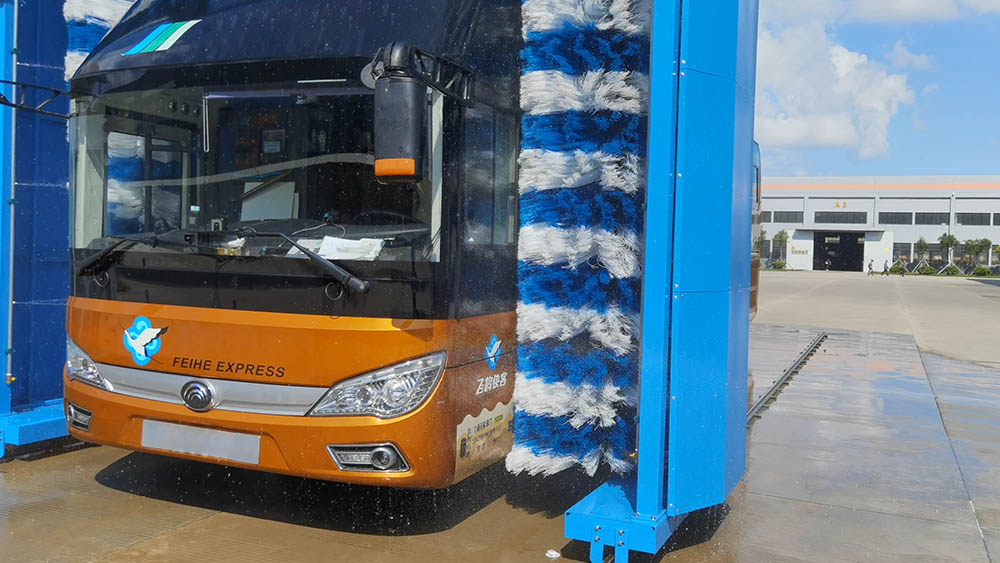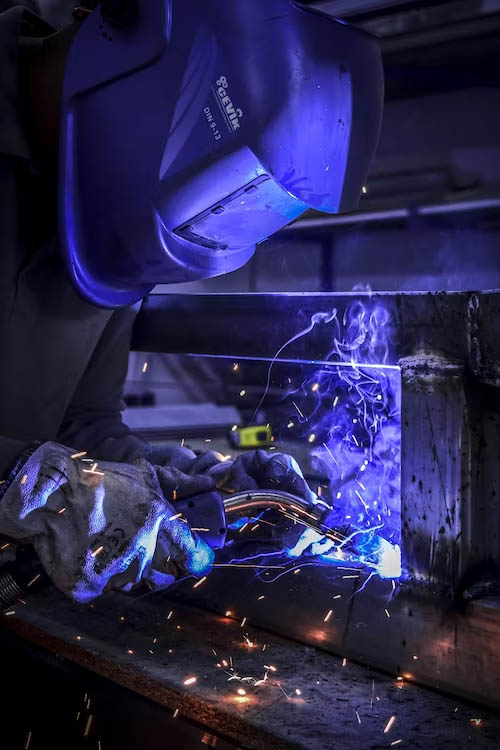Fleet managers and transportation professionals face it daily—selecting the right bus cleaning system isn’t merely about appearances; it’s about maximizing vehicle longevity, optimizing performance, and projecting a professional image. A spotless bus communicates an operation’s dedication to excellence while delivering tangible benefits like preventing corrosive substances from damaging exterior components. But when deciding between contactless and brush bus washing systems, which truly delivers superior results for your fleet?
This comprehensive analysis explores the technology, efficiency, financial considerations, and practical applications of both contactless and brush washing systems, providing you with crucial insights to make an informed decision for your transportation operation.

The Technology Breakdown: Contactless vs. Brush Cleaning
Understanding How Contaminants Affect Bus Exteriors
Buses collect multiple layers of dirt, including highway residue, petroleum byproducts, and seasonal contaminants that penetrate surfaces and accumulate in hard-to-reach areas. Effective cleaning requires more than simple water application—it demands systems that effectively remove persistent contaminants.
Contactless Wash Mechanics:
- Employs precision water jets and specialized detergents to eliminate dirt without physical contact.
- Chemical formulations break down stubborn road film and grime for comprehensive cleaning.
- Particularly beneficial for preserving delicate finishes and preventing surface degradation.
Brush Wash Mechanics:
- Implements rotating brushes crafted from gentle or engineered materials to effectively scrub vehicle exteriors.
- Combines physical agitation with cleaning solutions for enhanced dirt removal capabilities.
- Especially effective against stubborn grime requiring mechanical intervention.
Evaluating Cleaning Performance
Contactless Wash excels at addressing complex exterior geometries and sensitive components. However, it may struggle with particularly stubborn contaminants without precise calibration of pressure systems and cleaning agents.
Brush Wash demonstrates superior performance against heavy soil accumulation but carries increased potential for creating minor surface imperfections on paintwork or graphics.
Environmental and Resource Considerations
Contactless washing typically requires greater water volume to compensate for the absence of physical scrubbing. Meanwhile, brush systems generally feature water reclamation technology, reducing consumption but requiring additional maintenance to prevent system contamination.
Operational Efficiency: Maximizing Resources and Time
Implementation and Daily Operation
Contactless Wash:
- Quicker deployment and operation through automated processes.
- Minimal human intervention, making it suitable for high-volume operations.
Brush Wash:
- More extensive initial setup and calibration for optimal performance.
- Requires regular adjustments to ensure brush components remain effective without causing damage.
Fleet Management Implications
For operations coordinators balancing schedules across large fleets, efficiency is paramount. Contactless systems reduce cycle times significantly, while brush systems emphasize thoroughness, particularly beneficial after extended routes or adverse weather conditions.
Maintenance and Longevity Considerations
Impact on Vehicle Preservation
Contactless Wash minimizes the risk of finish degradation and surface wear, maintaining vehicle appearance over time. This proves especially valuable for premium or specialized fleets where aesthetics are critical.
Brush Wash may contribute to gradual exterior wear through consistent physical contact. Nevertheless, innovations in brush materials are continuously reducing these concerns.
Equipment Reliability
Brush systems demand regular inspection for debris trapped within bristles, which can potentially damage vehicles if unaddressed. Contactless systems require precise calibration to prevent high-pressure streams from affecting vulnerable components like mirrors or trim pieces.
Real-World Implementation Examples
Transit Authority X – Urban Public Transportation
Transit Authority X transitioned to contactless technology to address water conservation mandates and improve turnaround times during peak hours. Results showed accelerated cleaning cycles and reduced incident reports of exterior damage. However, they encountered challenges with accumulated grime after winter operations.
Transportation Company Y – Tour and Charter Service
Transportation Company Y maintained brush systems for their thorough cleaning performance after multi-day excursions. Though processing times were longer, heavily soiled vehicles emerged remarkably clean, demonstrating the effectiveness of mechanical agitation.
Sustainability Factors
Water Efficiency and Chemical Usage
Contactless systems typically consume more water initially, but contemporary installations incorporate advanced recovery systems to minimize waste.
Brush systems inherently utilize water more efficiently and often require less aggressive chemical formulations, reducing environmental impact.
Waste Management
Both approaches necessitate responsible waste handling protocols to prevent environmental contamination. This often requires investment in specialized filtration and treatment systems, representing an initial cost that delivers long-term compliance benefits.
Financial Analysis: Making the Investment Decision
Initial Investment
Contactless systems generally require higher upfront expenditure for sophisticated pressure delivery systems and chemical dispensing equipment.
Brush systems involve moderate installation costs but require ongoing replacement of wear components and regular maintenance cycles.
Operational Expenses and Return on Investment
While contactless systems typically have lower maintenance requirements, they may generate higher utility costs without water-efficient configurations. Brush systems often involve regular expenditures for component replacement but deliver exceptional cleaning performance for heavily utilized fleets.
Decision-Making Framework
- Contactless systems provide distinct advantages if processing speed and finish preservation are priorities.
- For intensive cleaning capabilities and consistent results with heavily soiled vehicles, brush systems demonstrate clear benefits.
Conclusion: Moving Forward with Confidence
Selecting the optimal bus washing solution depends significantly on your fleet’s specific operational requirements. Consider your priorities—whether they’re rapid processing, cost-efficiency, environmental responsibility, or cleaning effectiveness.
For operations with demanding schedules or vehicles with premium exterior finishes, contactless systems offer significant benefits. Conversely, for fleets regularly encountering severe soil conditions, brush systems may represent the superior choice.
What has your experience been with either cleaning approach? Share your insights in the comments section below. We can collectively develop more efficient fleet maintenance strategies by exchanging real-world perspectives.



